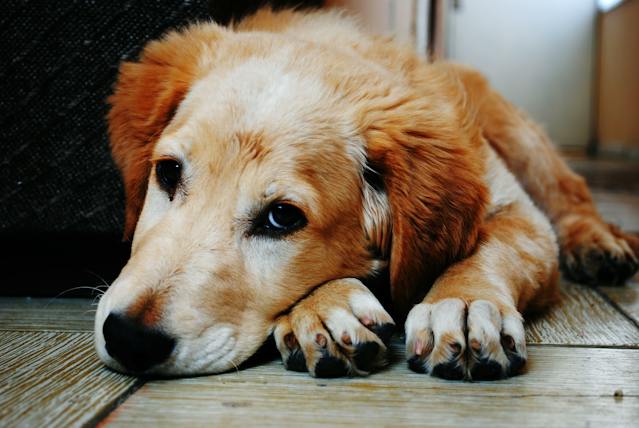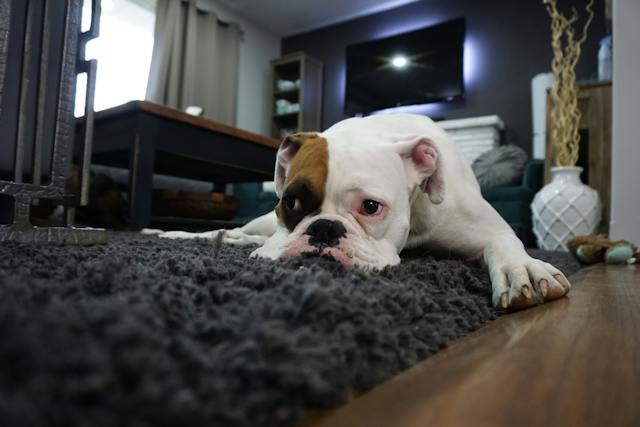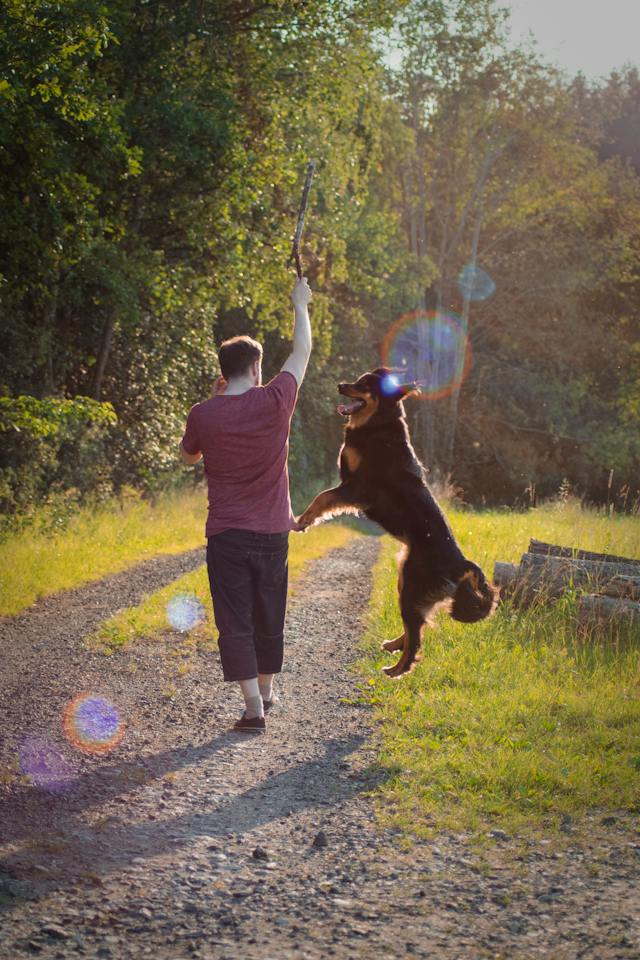
A Quick Guide to Missing (or Lost) Dog Syndrome
Reuniting with your missing dog is an amazing feeling. The flood of emotions can come on strong, and sometimes that’s also the case for our beloved furry friends. In some cases, your dog may exhibit strange behaviors when they return home, especially if they have been missing for some time. This is sometimes referred to as missing or lost dog syndrome. In this blog, we’ll talk about everything you need to know about lost dog syndrome, along with some of the steps you can take to make your pup feel better and adjust back to their normal routine.
What Is Missing Dog Syndrome?
Missing dog syndrome, also sometimes called lost dog syndrome, is a term that describes the behavior of lost dogs after they have been gone. Dogs who have been gone for a while, such as days or weeks, may especially exhibit these behaviors.
Missing dog syndrome isn’t a real medical term but rather refers to some common experiences dogs go through when they return home after being lost. When your dog had to adapt to living in the wild, it may have taken on certain survival instincts or behaviors to help it survive.
Your dog may take some time to get used to living at home and not having to survive outside on their own. If your dog is acting strangely or exhibiting abnormal behaviors after being lost, it’s best to take it seriously and take steps to help them reacclimate. The best first step is to call your vet, even if your pup doesn’t have any obvious signs of injury.

How Can I Help My Pup Feel Better?
Now that you understand what missing dog syndrome is, let’s explore how you can help your furry friend feel better. It’s important to remember that every dog is unique, so what works for one may not work for another. However, here are some general tips to consider:
Create a Safe Space
First, remember that your dog probably is still recovering from the heightened stress and anxiety from being lost. They may feel a bit overwhelmed when they return home, so make sure to create a safe space where they can relax and feel secure. This space should be quiet, comfortable and away from any potential triggers that may cause them distress. Also, if your pup seems like they need some additional alone time during this process, it’s a good idea to have a safe space that can give them some privacy.
Set up a couple of cozy corners in your house where your dog can retreat. You can lay down their favorite bed or blanket, along with some toys that give them comfort. By allowing your dog to unwind from their ordeal, they can have the time they need to reduce their anxiety and get some much-needed rest.
Remember, your dog may need some time to adjust. Avoid forcing them into the space or overcrowding them. Let them explore the space at their own pace and try to positively reinforce them when they spend time there.
Allow Your Dog More Distance
When you reunite with your beloved dog, you likely want nothing more than to hug and play with them. While some dogs will be on the same page as you, others may need some extra space after they’re rescued. If it seems like your pup needs extra space, you may have to keep your distance for the time being and let them come to you. They may be feeling overwhelmed and anxious. This means they need some time to process their emotions and they may need time to regain their trust in humans — even their beloved owner.
Make sure you’re not forcing physical contact or invading their personal space during this time. You can sit nearby and try playing with their favorite toys or engage with treats, but make sure you’re letting them approach you. If you let them set the pace, they’ll feel more comfortable and confident over time and will likely return to their typical level of closeness and physical contact.

Calm, Quiet and Low Stress
One of the most important things you can do for a dog recovering from missing dog syndrome is to provide an environment that is calm, quiet and low-stress. This means keeping loud noises and hectic activities to a minimum. Try to avoid any disruptions to their normal routine and make your home as tranquil as possible during this time. This will give them the rest and relaxation they need to recover from being lost.
Provide Basic Needs Passively
As mentioned, your pup may need some time to regain trust in humans after being lost. You may notice that your dog isn’t running over happily to their food when they hear kibble being poured into their bowl. Whether it’s food, water, comfort, safety, sleep or play, their old routines may not feel the same to them right away. Of course, you still will need to make sure your pup’s needs are being met.
During this adjustment period, you may find it helpful to provide your dog’s basic needs as passively as possible. Instead of directly offering food and water, just make sure it’s readily available for them whenever they’re ready to eat it. Leave out fresh water at all times and leave out small, frequent meals so they can eat throughout the day without overfeeding.
It’s also a good idea to leave comforting toys and familiar scents in different areas around the house they frequent. This way, they can get used to being back in their safe and familiar environment as they work through the stress and anxiety they experienced while being lost.
With this in mind, every dog is different and they may work through this process differently. Make sure you’re attentive to your dog’s behavior and adjust their routine as needed. If you notice they’re happy and coming to their bowl again when you serve it, you may be getting closer to that particular routine being back to normal.
Reintroduce People and Pets Slowly
Even the most outgoing pup may need some time to readjust to other people and pets after being rescued. At first, you may be the only one they’re comfortable around. Make sure to reintroduce people and other pets slowly, and always on your dog’s terms.
When you reintroduce people and other pets, make sure you do so in a controlled and comfortable environment. Let your dog approach and interact with others at their pace. You can also provide positive reinforcement when they show signs of being at ease or comfortable. Gradually, your dog will be able to get used to being around others again.

Patience and Persistence Pay Off
Helping your dog recover from missing dog syndrome takes time and patience. It’s important to remember that every dog is different and will have their own unique journey. By consistently providing a safe and calm environment, respecting their need for distance and slowly reintroducing them to people and pets, you can help them rebuild their trust and confidence. It may be a slow process, but with patience and persistence, your furry friend will eventually adjust back to their normal routine and find comfort and security once again. Keep supporting them and remember that your efforts will pay off in the end.
If Your Dog Is Missing, PawBoost Can Help
If you’re searching for a missing dog, make sure to use PawBoost. PawBoost is a free platform that provides numerous tools for reuniting you with your lost pet. When you post on PawBoost, your pet will be added to our lost & found database, your local PawBoost Facebook page, our mobile alert system and our email list. You can even create physical lost pet posters with our free template. If you want to raise local awareness even further, you can use our premium paid features to spread the word through Facebook ads and more.
At PawBoost our goal is to facilitate as many happy reunions as possible. Make your lost pet listing on PawBoost today to increase your chances of a happy reunion with your beloved furry friend!
